Dupa plasarea solicitării de comandă, in sectiunea Istoric puteti vedea cate solicitări de comandă mai avem de procesat inaintea dumneavoastra
Program de lucru: Luni - Vineri 9:00 - 18:00, pauza 13:00 - 14:00.
Se efectueaza lucrari de mentenanta la site si pot aparea erori. In cazul in care intampinati erori va rugam sa reincercati mai tarziu.
Ridicarea personala este disponibila pentru comenzile achitate in avans. Se pot ridica dupa ce sunt pregatite.
Niciun produs
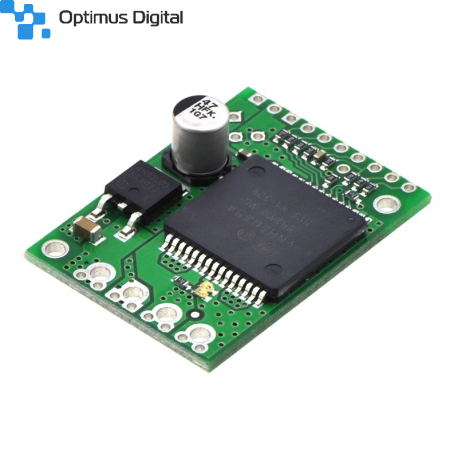 Mărește
Mărește
Driver Pololu pentru Motor DC cu Perii VNH5019
0104110000027719
Produs nou
Driver Pololu pentru Motor DC cu Perii VNH5019 util pentru controlul unui motor DC cu perii de putere medie.
Acest produs nu mai este in stoc
- Scrie o recenzie
- Elimina acest produs din lista mea de favorite.
- Adauga acest produs la lista mea de favorite.
- Imprimă
Informații
Caracteristici tehnice:
- Tensiune de intrare: 5.5V - 24V;
- Curent maxim în mod continuu: 12A;
- Curent maxim pe peak: 30A;
- Intrare compatibilă cu nivel logic de 3V;
- Frecvență maximă PWM de 20kHz (frecvență ultrasonica - nu se vor produce sunete);
- Senzor de curent cu output de: 140mV/A;
- LED-uri indicatoare pentru observarea funcționalității;
- Protecție la alimentare inversă pentru tensiune maximă de 16V;
- Protecție la subtensiune și supratensiune;
- Protecție la supraîncălzire a circuitelor de putere;
- Protecție la conectare a ieșirilor la masă sau VCC.
Acest produs reprezintă un driver de motoare bazat pe circuitul integrat VNH5019. Acest circuit este unul de calitate, de înaltă putere, ce poate controla motoare la o putere de peste 250W în mod continuu. El este conceput pentru motoare de curent continuu, cu perii. Dimensiunile acestuia sunt foarte mici și poate fi integrat cu ușurință în proiectele dumneavoastră, cum ar fi diferiți roboți.
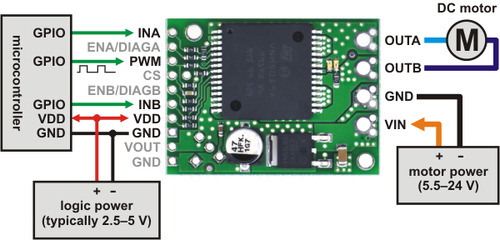
Pentru schema și mai multe detalii, puteți consulta fișierele anexate sau pagina producătorului.
Recenzii
Clienții care au cumpărat acest produs au mai cumpărat:
-
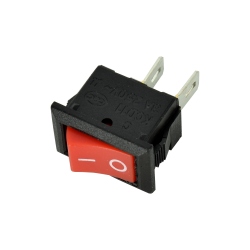
Comutator...
Comutator KCD1-11-2P
$0.36
-
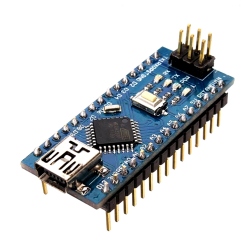
Placă de...
Placa de dezvoltare compatibila cu Arduino...
$6.00
-
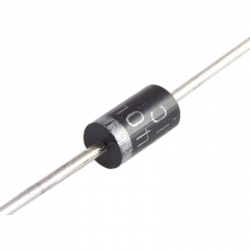
Diodă 1N4007
Diodă 1N4007
$0.12
-
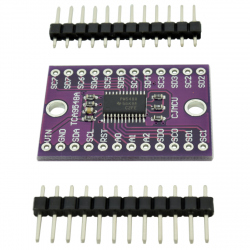
Modul...
Modul Multiplexor I2C TCA9548A cu comunicare...
$4.80
-
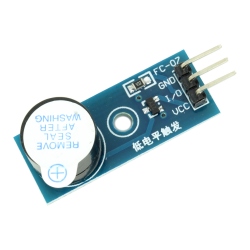
Modul cu...
Modulul cu buzzer este ideal pentru a vă testa...
$0.72
-
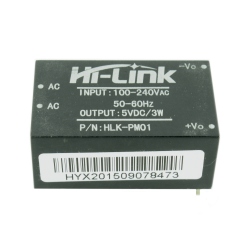
Sursă de...
Sursă de tensiune ultra compactă utilă pentru...
$5.10
-
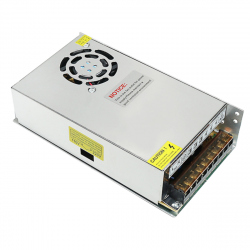
Sursă de...
Sursă de tensiune AC - DC cu alimentare la...
$17.52
-
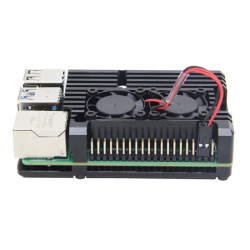
Carcasă...
Carcasă Radiator pentru Raspberry Pi 4 (Neagră,...
$18.00
-
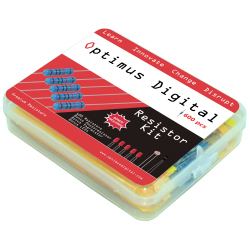
Set de...
Set de 600 rezistoare asortate Optimus Digital,...
$6.00
-
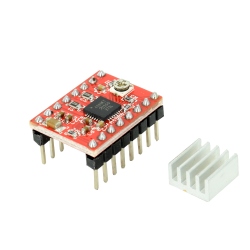
Driver...
Driver ideal pentru motoare stepper de...
$1.92






